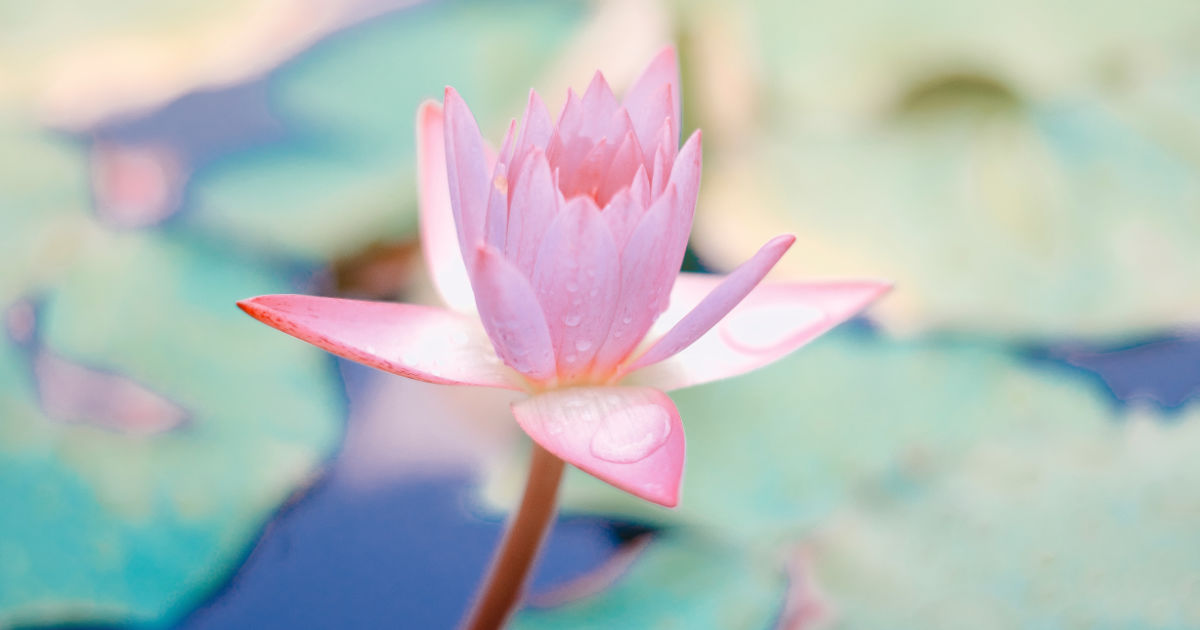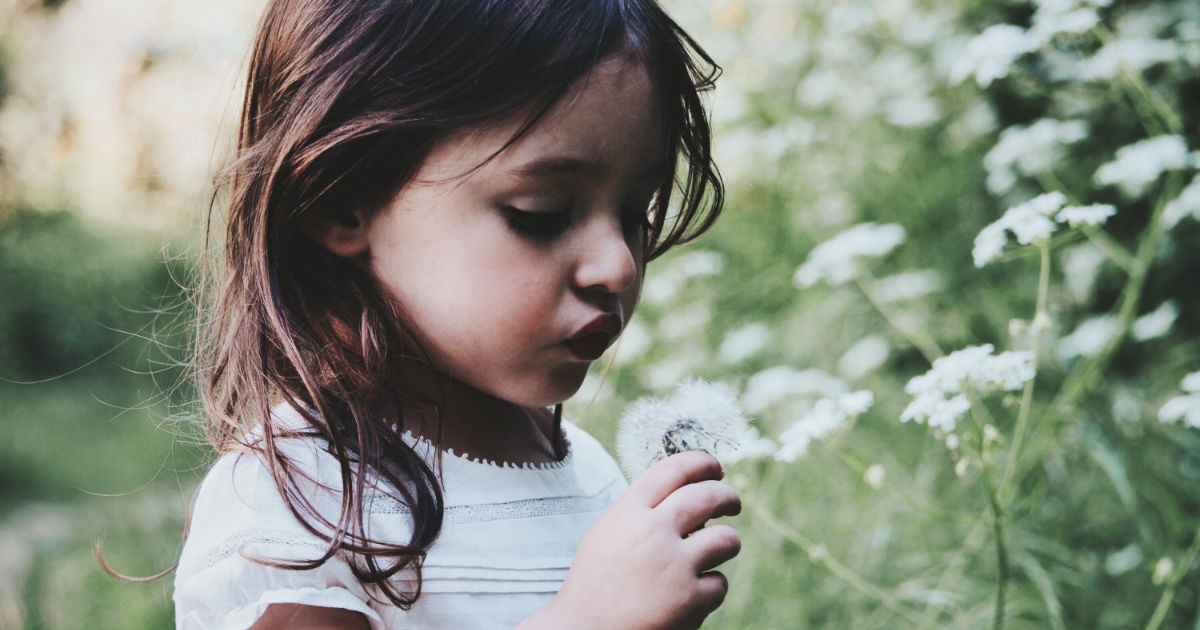Without a symbol it is not possible for us to meditate.
Tag Archives: yantra
399 – The platinum bunch
A platinum key! What kind of lock would this key fit? The platinum key is our anchor and our savior. A symbol is what we must seek. We are blessed if our Guru gives us one or we find one. The usual place for a symbol is behind our eyebrow centre. It can be a yantra, mandala, deity, sun, moon, star, or flower. Once we feel comfortable with it, we stay with it. How do we use it? It becomes a part of us.it never leaves us and when we use the other four keys, it is present. It rescues us and protects us. Continue reading
250 – Empower your child
Look into a mirror, it shows your reflection. If the mirror is cracked, it will reflect a cracked image. The mind of a child if it is disturbed or upset will reveal an unwholesome likeness. In order to enable the child to review her/him/self equably, we have to work on the process of one-pointedness. Continue reading



